As an eCommerce business owner, one of your primary goals is to maximize your conversion rate.
eCommerce conversion rate refers to the percentage of website visitors who take a desired action, such as purchasing or completing a form.
The higher the conversion rate you have, the more revenue you earn.
But then the million-dollar question comes: how to maximize the conversion rate?
There could be several ways to do that. Today, we’ll share 20 proven tips to improve eCommerce conversion rate with the required actions.
Note: By reviewing all the tips, you can identify effective strategies for your business. Remember, every strategy will work differently for individual businesses.
Why is eCommerce Conversion Rate Important?
Customers are the cornerstone of any business. A business can’t be profitable without converting visitors into paying customers and retaining them.
So, you must put extra effort into increasing the conversion rate in both cases:
- Convert more traffic to potential buyers.
- Convert one-time customers into loyal advisors.
A high conversion rate indicates that your website effectively turns visitors into customers. It means your marketing efforts are paying off, and you’re successfully engaging your target audience.
A low conversion rate, on the other hand, may indicate barriers preventing visitors from completing their desired actions.
You must identify these areas that need improvement and take essential steps to solve them. It will improve your eCommerce conversion rate, leading to higher revenue and dramatic growth in your business.
How to Analyze Your Current Conversion Rate
Collect data on your website traffic and conversions using web analytics tools like Google Analytics.
The conversion rate is calculated by dividing the number of conversions by the total number of visitors and multiplying by 100 to get a percentage.
The formula is: Conversion Rate = (Conversions/Total Visitors) * 100
For example, if a website had 1,000 visitors and 50 made a purchase, the conversion rate would be 5% ((50 conversions / 1,000 visitors)*100 = 5%).
Break down your conversion rate by different traffic sources, such as organic search, paid search, social media, and direct traffic. This analysis will help you understand which channels are driving the most conversions.
Once you understand your current conversion rate, it’s time to set realistic goals for improvement. Consider your industry and the average conversion rates within it. Aim to set goals that are challenging but attainable.
Suppose your current conversion rate is 2%. You might aim to increase it to 3% within the next six months. Clear goals will help you stay focused and motivated as you improve your conversion rate.
20 Tips to Improve eCommerce Conversion Rate
It’s time to share some actionable tips that you can utilize for your online shop.
- Optimize Website’s User Experience
- Make Your Online Shop Mobile-friendly
- Improve Your Store’s Loading Speed
- Simplify the Checkout Process
- Leverage Customer Reviews and Ratings
- Implement Call-to-Action Buttons
- Use High-quality Product Images
- Write a Detailed Product Description
- Personalize the Shopping Experience
- Incorporate Live Chat Support
- Offer Multiple Payment Options
- Offer Free Shipping in eCommerce
- Utilize eCommerce Email Marketing
- Use Scarcity and Urgency Tactics
- Implement Upselling and Cross-selling
- Utilize Exit-intent Pop-ups
- Implement A/B Testing
- Utilize Remarketing Campaigns
- Leverage Compelling Copywriting
- Track and Analyze Data
1. Optimize Your Website’s User Experience (UX)
Visitors who come to your site are first attracted to your site design. A well-designed website welcomes visitors, guides them effortlessly through your content, and makes it easy for them to take action.
If users find your site intuitive, visually appealing, and easy to navigate, they’re more likely to stay longer, explore products, and make purchases.
For example, if a clothing website categorizes its products into clear sections like “Men’s,” “Women’s,” and “Kids’,” users can quickly navigate to their desired section without confusion.

ASOS saw a 50% increase in conversions by simplifying their navigation and making it easier for customers to find what they were looking for. They reorganized their categories and added size, color, and price filters.
2. Make Your Online Shop Mobile-friendly
With a growing number of consumers shopping on smartphones and tablets, ensuring mobile responsiveness is crucial. An eCommerce site that adapts seamlessly to various screen sizes and resolutions provides a consistent user experience across devices.
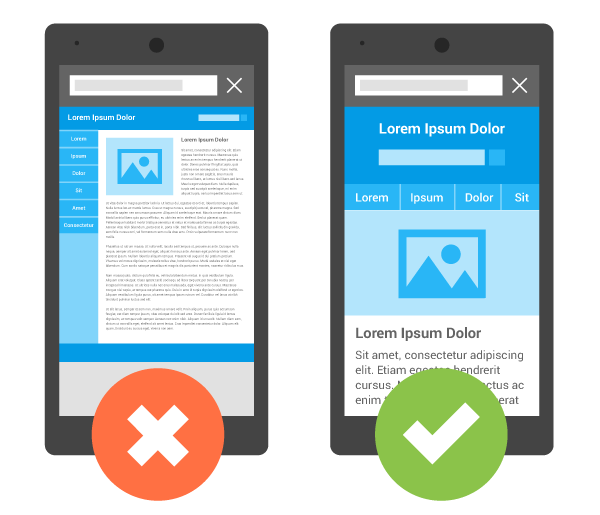
For example, a bookstore’s mobile site should display book covers and product descriptions in an easy-to-read format. So users can browse and buy books on their phones with ease.
- Optimize your images and videos for quick loading on mobile devices.
- Implement mobile-specific features such as click-to-call buttons and mobile-friendly navigation.
- Regularly test your website on various mobile devices to ensure a seamless user experience.
By optimizing your website for mobile devices, you can capture a larger audience and increase conversions.
3. Improve Your Store’s Loading Speed
A fast-loading website is crucial for retaining visitors and reducing bounce rates. Slow load times can frustrate users and lead to abandoned carts.
Walmart increased conversions by 2% for every 1-second improvement in page load time. They optimized their site by compressing images, leveraging browser caching, and minimizing JavaScript.
To improve your website’s loading speed:
- Compress your images and videos
- Use a content delivery network (CDN)
- Enable browser caching, and
- Minimize JavaScript and CSS files.
Use tools like Google PageSpeed Insights to identify and fix performance issues.
Regularly monitor your website’s loading speed and make adjustments to ensure a smooth and seamless user experience.
4. Simplify the Checkout Process for Better Conversion Rates
A complicated checkout process can lead to cart abandonment. Streamlining this process can significantly improve conversion rates.
By adding a guest checkout option, ASOS saw a 50% decrease in cart abandonment. This reduced the barriers for customers in a hurry or hesitant to create an account.
Simplify your checkout process by removing unnecessary form fields and steps. You can:
- Offer guest checkout option
- Include auto-fill form fields
- Provide clear progress indicators
- Reduce the number of steps required to complete a purchase.
Take Apple as an example. Their straightforward checkout process allows customers to complete their purchases quickly without unnecessary steps.

Subscribe to
Dokan blog
5. Leverage Customer Reviews and Ratings
Customer reviews and testimonials can significantly influence purchasing decisions. When visitors see that other people have positive experiences with your brand, they are more likely to make a purchase themselves.
According to Speigel Research Center, products with reviews are 270% more likely to be purchased than products without reviews.
Amazon features customer reviews and ratings, which help build trust and influence buying decisions.
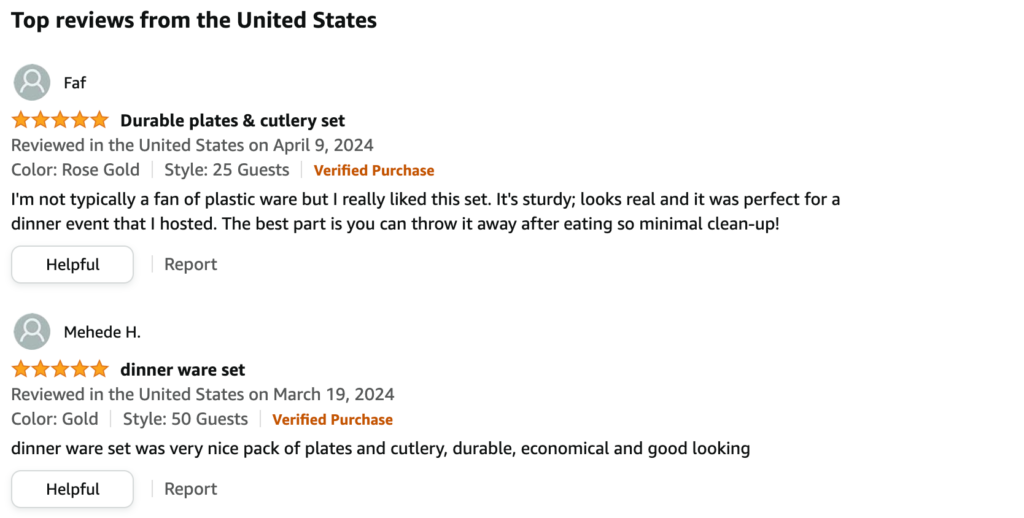
You can also encourage customers to leave reviews by offering incentives or rewards. Respond to positive and negative reviews to show that you value customer feedback. In addition to text, you can encourage your users to share their photos and videos with your products.
To showcase your customers’ loyalty, you can use different layouts, such as:
- Customer Reviews and Testimonials
- User Generated Content (UGC)
- Social Media Followers and Engagement
- Trust Badges and Certifications
- Customer Counters and Statistics
- Trustworthy Logos and Partnerships
Consider integrating social media feeds to showcase user-generated content and customer interactions.
Encourage customers to leave reviews by following up after purchase. You can use third-party review platforms like Trustpilot or Yotpo.
6. Implement Effective Call-to-Action Buttons for Better Conversions
Call-to-action (CTA) buttons are essential for guiding visitors toward desired actions. Optimize your CTAs by using action-oriented language that prompts immediate response.
- Make your buttons visually distinct and easy to locate
- Regularly test and optimize your CTAs
- Use contrasting colors that stand out from the rest of your website design.
You can place “Add to Cart” and “Buy Now” buttons on your product pages. The buttons should be large, clearly labeled, and placed near the product details and price.

Don’t bore your visitors with one CTA. Experiment with different wording, placement, and size to determine what works best for your audience.
7. Use High-quality Product Images to Enhance Conversions
Visuals play a significant role in eCommerce conversions. Invest in high-quality product images that showcase your products from different angles.
A survey revealed that 75% of online shoppers rely on product photos when deciding on a potential purchase.
Use the zoom and 360-degree view features to provide a more immersive experience.
Also, consider incorporating lifestyle images that show your products in use. Also, ensure your images are optimized for quick loading without compromising quality.

You can enhance the shopping experience and increase conversions by providing visually appealing product images.
8. Enhance Product Descriptions to Increase Conversions
Compelling product descriptions are essential for convincing visitors to make a purchase. Use descriptive language that highlights the unique features and benefits of your products.
You can:
- Include key features, benefits, and use cases of the product
- Offer size guides, material information, and care instructions
- Use bullet points and formatting for better readability
- Include relevant keywords to improve search engine visibility.
While it’s vital to be descriptive, avoid overwhelming customers with lengthy descriptions. Keep paragraphs short and use bullet points or subheadings to break up text for easy readability.
💡A special tip: Craft a compelling narrative around your product that engages and draws customers in. Share anecdotes, user experiences, or the product’s origin story to make it more relatable and memorable.
9. Personalize the Shopping Experience for Better Conversions
Personalizing the shopping experience can significantly increase engagement and conversions.
Clothing retailer Stitch Fix offers personalized recommendations based on user preferences and past purchases, which results in higher conversion rates. Their algorithm suggests clothing items that match the customer’s style and fit.
Here are some tips to ensure a better user experience on your online store:
- Use customer data to make specific product recommendations and offers.
- Address customers by their names in communications.
- Offer product suggestions based on browsing history or previous purchases.
- Implement dynamic pricing based on customer segments or loyalty levels.
- Leverage behavioral triggers to send targeted emails or push notifications.
By personalizing the shopping experience, you can make your customers feel special. This will give you a great chance to bond with each customer and, in turn, see a notable hike in your conversion graph.
10. Incorporate Live Chat Support to Improve Conversions
Live chat recreates the feeling of conversing with a sales representative in a physical store but in an online shopping environment. This feature allows support agents to guide customers by offering product guidance, sizing advice, or assistance with checkout processes.
Tool suggestion: For an easy solution, integrate live chat software like Drift or Intercom.
But before implementation, ensure you have staff available to respond promptly. They should respond within 30 to 50 seconds. Customers value timely assistance; delayed responses can lead to frustration or abandonment.
Also, train your agents to be product experts and personable.
Instead of saying, “I’m not sure,” an agent should say, “Let me check that for you immediately.”
Chatbots can also handle common queries when live agents are unavailable.
To create a special bond, personalize your live chat interactions by addressing visitors by name. You can also analyze chat transcripts to identify common pain points or areas for improvement.
11. Offer Multiple Payment Options
Different customers prefer different payment methods. Therefore, you should include various payment options based on your business area and customer preferences.
Accepting reputable and widely recognized payment methods enhances your brand’s trust and credibility. Customers feel more confident in completing transactions when they see payment options they trust and are familiar with.
Benefits of offering multiple payment options:
- Reduced friction during the checkout process
- Increased trust and credibility in your brand
- Higher customer satisfaction and loyalty
- Reduced cart abandonment rates
- Expanded market reach with diverse customer preferences
- Opportunity for customer retention and repeat purchases
Include major credit cards, PayPal, Apple Pay, Google Pay, and other popular payment methods.
Don’t forget to ensure the checkout process is secure and streamlined.
12. Offer Free Shipping to Skyrocket Your Conversion Rates
By eliminating the additional cost associated with shipping, you remove a significant barrier to purchase.

To implement this strategy effectively, consider the following steps:
- Set Clear Conditions: Determine the conditions for free shipping, such as minimum order value or specific products eligible for this perk. Tell these conditions clearly to customers to avoid confusion.
- Calculate Costs: Calculate the average shipping costs for your products and assess whether absorbing these costs is financially viable for your business. You may need to adjust product prices or margins to accommodate free shipping.
- Prominent Promotion: Highlight the free shipping offer prominently on your website, especially on product pages, cart pages, and during checkout. Use eye-catching banners, pop-ups, or promo bars to draw attention to this incentive.
- Create Urgency: Create a sense of urgency by offering limited-time free shipping promotions or setting deadlines for customers to take advantage of this offer.
Customers feel they’re getting a better deal when they see free shipping. It encourages them to complete the purchase.
13. Utilize Email Marketing to Increase Conversions
Email marketing is one of the most effective marketing strategies for promoting eCommerce products and services. According to a survey, 59% of consumers say marketing emails influence purchase decisions.
To execute a successful email campaign, you first need a quality email list. Collect email addresses from your website visitors, social media followers, and customers. Ensure you have permission to email them to comply with regulations like GDPR. Then, segment your list for targeted campaigns based on demographics, purchase history, or interests.
Once you get your email list, follow the below steps to boost eCommerce conversions:
- Craft Compelling Subject Lines: The subject line is the first thing recipients see, so make it attention-grabbing and relevant.
- Create Valuable Content: Provide your subscribers with relevant and engaging content. This could include promotions, discounts, educational resources, or exclusive offers.
- Design Responsive Templates: Ensure your emails are mobile-friendly and visually appealing. Use a responsive design to adapt to different devices and screen sizes.
- Optimize Sending Times: Test different days and times to determine when your audience is most responsive.
- Personalize Emails: Address subscribers by name and personalize content based on their preferences and behavior.
- Automate Email Sequences: Implement automated email sequences, such as welcome emails, abandoned cart reminders, and post-purchase follow-ups.
Email marketing isn’t just about acquiring new customers. It’s also about nurturing relationships with existing ones. It can convert a new visitor into a paying customer and help you convert a one-time buyer into a regular one.
14. Use Scarcity and Urgency Tactics
Scarcity creates the perception of limited availability, while urgency prompts customers to act quickly. Imagine you run an online clothing store. You stock a special collection of limited edition T-shirts designed by a popular artist.
For a quick response, you can say, “Hurry! Only 50 pieces are available!” This creates a sense of urgency. As customers know, they must act fast before the product runs out.
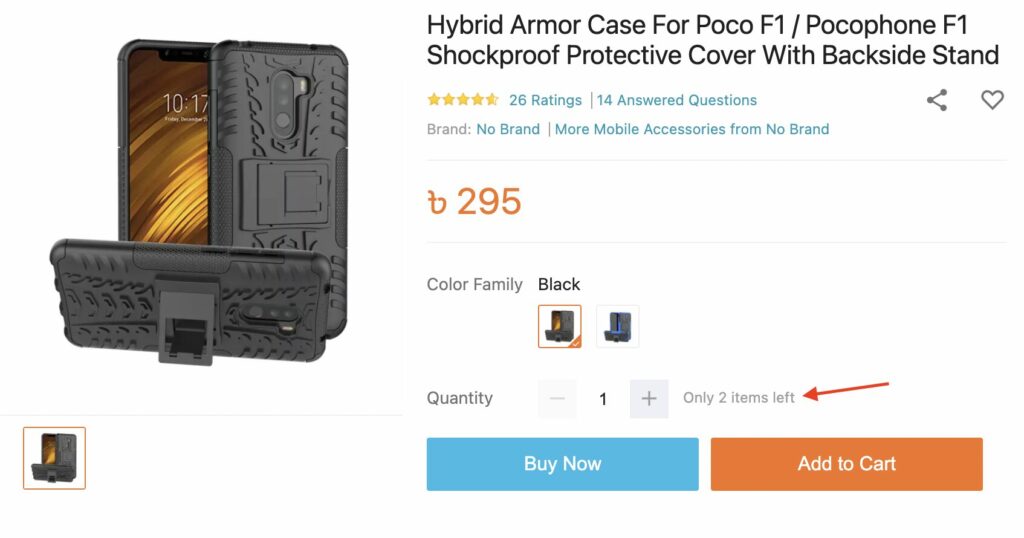
Alternatively, you can implement a countdown timer on the product page or during checkout. A ticking clock reminds customers that time is running out. So they should make a purchase decision quickly.
15. Implement Upselling and Cross-selling Techniques
Upselling and cross-selling techniques can significantly impact your conversion rate and average order value. Utilize algorithms or manual curation to recommend complementary or higher-value products to customers based on their purchase history or browsing behavior.
For example, if a customer buys a camera, you could suggest accessories like a camera bag or extra lenses. You could also suggest expensive ones with advanced features.

You can also create bundled product packages where customers can buy related items at a discounted price. However, you must ensure that your recommendations are relevant and add value to the customer’s purchase.
16. Utilize Exit-intent Pop-ups to Capture Lost Conversions
Exit-intent pop-ups are powerful tools for capturing lost conversions. You can display a pop-up message when a visitor shows signs of leaving your website, such as moving their cursor toward the browser’s close button.
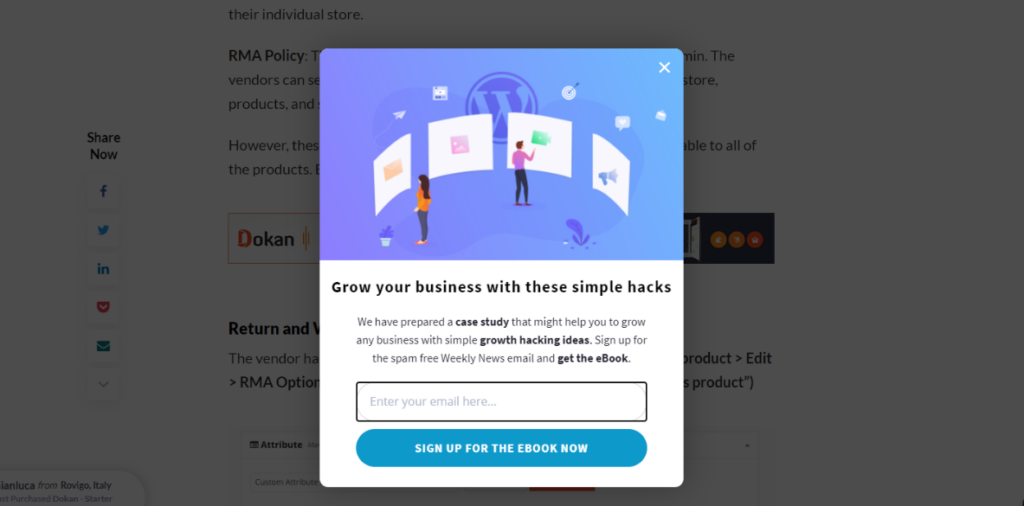
You can offer a compelling incentive to convince them to stay on your site. It could be a discount code or free shipping. This will encourage the visitor to stay and complete their purchase.
Let’s show you some engaging copies from our most successful exit-intent pop-ups:
- Wait! Get 10% off your first purchase. Use code SAVE10 at checkout!
- Leaving so soon? Get an exclusive 20% off if you order within the next 10 minutes!
- Before you go, grab our free eBook on top marketing tips
- Enter your email to receive your discount code instantly!
Ensure that your pop-ups are visually appealing and easy to dismiss. Here are 2 quick tips:
- Use contrasting colors to draw attention.
- Include a relevant, attractive image or graphic.
With exit-intent pop-ups, you can easily recover lost conversions and increase your conversion rate. Test different offers and designs to determine what resonates best with your audience.
17. Implement A/B Testing to Optimize Conversions
As we always say, you have to change your strategies with time. One fine strategy that works fabulously for your online business today may not give you the same return tomorrow.
So, you must test, test, and test.
You can experiment with different variations of your website design, copywriting, and call-to-action buttons for your online store. This will help you determine what works best for your audience.
Split your audience into two groups and present each group with a different version of your website. Then, monitor and analyze the performance of each variation. You must pay attention to metrics such as conversion rate, bounce rate, and time on the page.
Implement the winning variation and continue testing to improve your conversion rate continuously.
Regularly conducting A/B tests allows you to make data-driven decisions, continually refine your strategies, and ultimately increase your conversion rates by understanding what resonates best with your visitors.
18. Utilize Remarketing Campaigns to Recapture Lost Conversions
Remarketing campaigns help you recapture lost conversions. It enables you to target users who have previously visited your site but left without making a purchase.
According to a study by AdRoll, visitors who are retargeted with display ads are 70% more likely to convert to your website.
For example, an online shoe store might display ads for the same pair of shoes a visitor viewed but didn’t purchase, offering a special discount to encourage them to return.
Tips for effective remarketing campaigns:
- Segment Your Audience: Focus on those who viewed specific products but did not proceed to checkout. Divide your website visitors into different groups based on their behavior, such as those who abandoned their shopping carts or browsed specific product categories.
- Personalize Your Ad: Use dynamic ad content that matches the interests and preferences of each audience segment. Show them products they have previously viewed or related items they might be interested in.
- Utilize Frequency Caps: To avoid overwhelming potential customers with too many ads, set limits on how often they see your remarketing ads within a certain time frame.
- Leverage Cross-Channel Remarketing: Utilize various platforms, such as Google Ads, Facebook, and Instagram, to reach your audience wherever they are.
- Offer Incentives: Provide exclusive deals or discounts to encourage users to return and complete their purchase.
This way, you can return your potential customers and improve your eCommerce conversion rate efficiently.
19. Leverage Compelling Copywriting Strategies to Drive Conversions
Effective copywriting can significantly impact your conversion rate. Use persuasive language highlighting the benefits and value of your products or services.
Here are some examples so you can get some ideas for your site:
#Tip 1: Understand your audience and use language that resonates with your target customers.
For your eco-friendly products, you can say, “Join our green revolution with products that are good for you and the planet.”
#Tip 2: Highlight how your product or service improves the customer’s life. Use phrases like “save time,” “reduce stress,” or “achieve more.”
Instead of saying, “Our blender has a 500W motor,” say, “Save time & make delicious smoothies in seconds with our powerful blender.”
#Tip 3: Ensure your CTA stands out visually and uses action-oriented language. Instead of “Submit,” use “Get Your Free Ebook Now.”
#Tip 4: Use storytelling to connect emotionally with your audience. Share customer success stories or the journey of your product’s creation.
For example, Once struggling with clutter, Jane found peace of mind with our organizational tools. You can, too!
#Tip 5: Avoid jargon and keep sentences short. Make your message easy to understand at a glance. Example: Get fit with our easy-to-follow, 10-minute daily workouts.
Effective copywriting can be a powerful tool for driving conversions on your website.
20. Track and Analyze Data to Continuously Improve Conversions
Now, you know many effective tips for improving eCommerce conversion rates. But let me tell you, implementing a strategy is insufficient to achieve an effective outcome.
You have to regularly review and analyze your data to identify areas for improvement and make data-driven decisions.
Using tools like Google Analytics, Hotjar, and Mixpanel, you can gain valuable insights into user behavior and identify areas for optimization.
Google Analytics can show you which pages have high bounce rates, while Hotjar’s heatmaps reveal where users click or drop off your site.
Improve eCommerce Conversion Rate with The Right Strategy
As you know, there are thousands of ways to make your online business profitable. But not all of them are suitable for you.
Moreover, people’s demands change every day. To make your business sustainable and successful, there is no alternative to prioritizing better customer experience and adopting new trends.
When your concern is increasing the eCommerce conversion rate, we’ve listed all the popular tips and tricks here. You can thoroughly review them and pick those that fit your business type.
Do comment if you’re facing a problem with the eCommerce conversion rate. We are here to help you out!
Subscribe to
Dokan blog
We send weekly newsletters, no spam for sure!


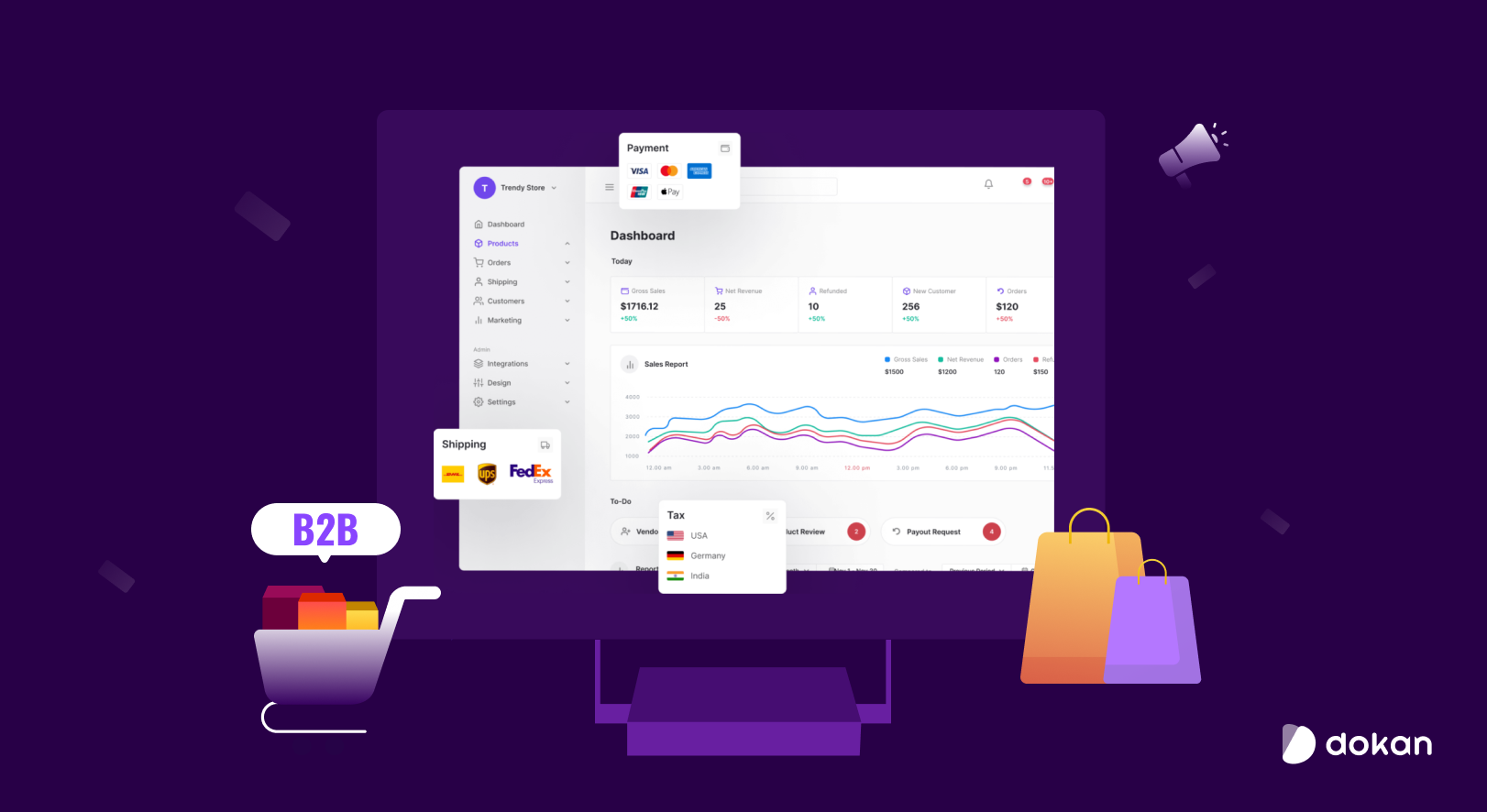

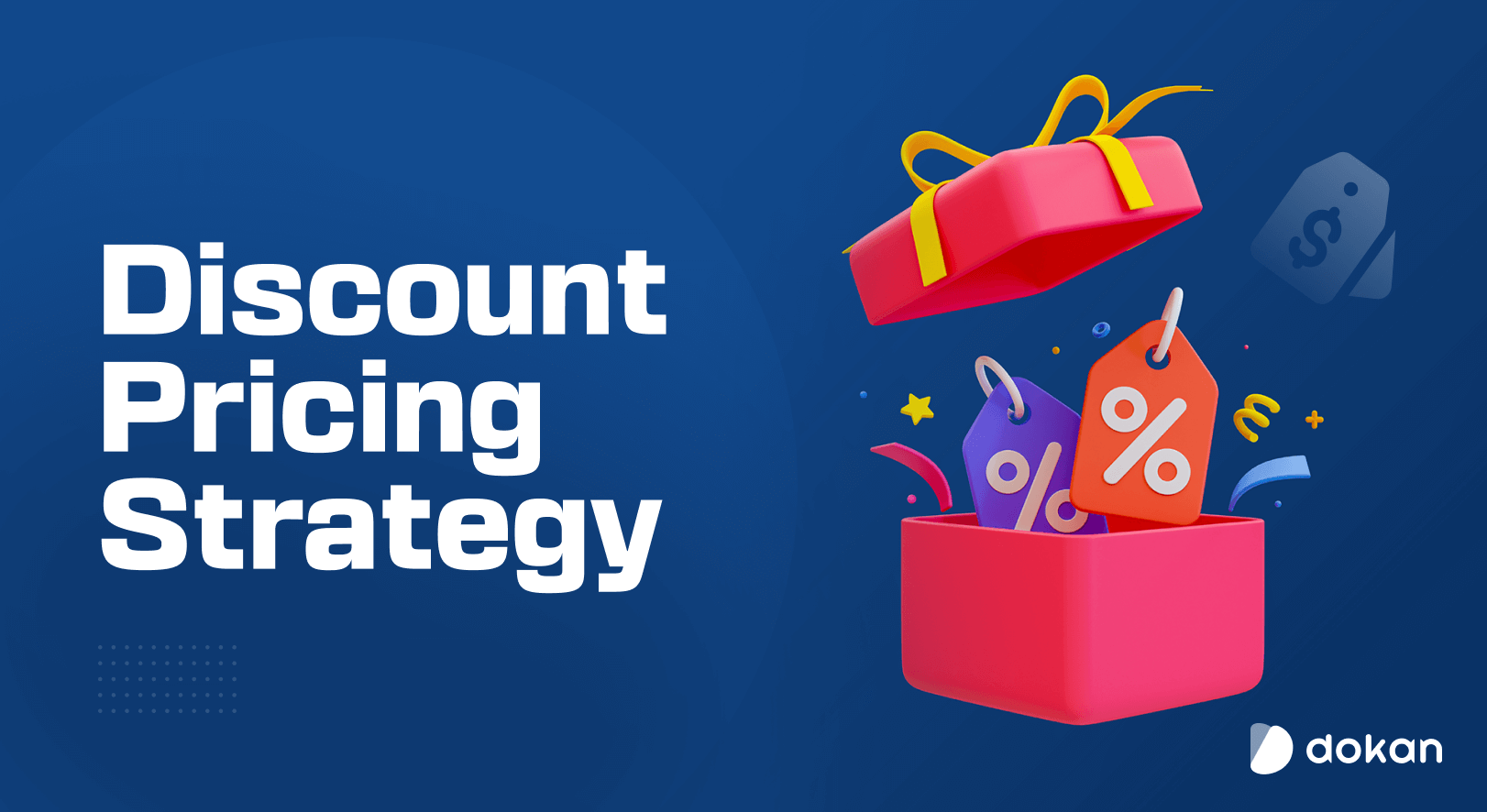


Leave a Reply